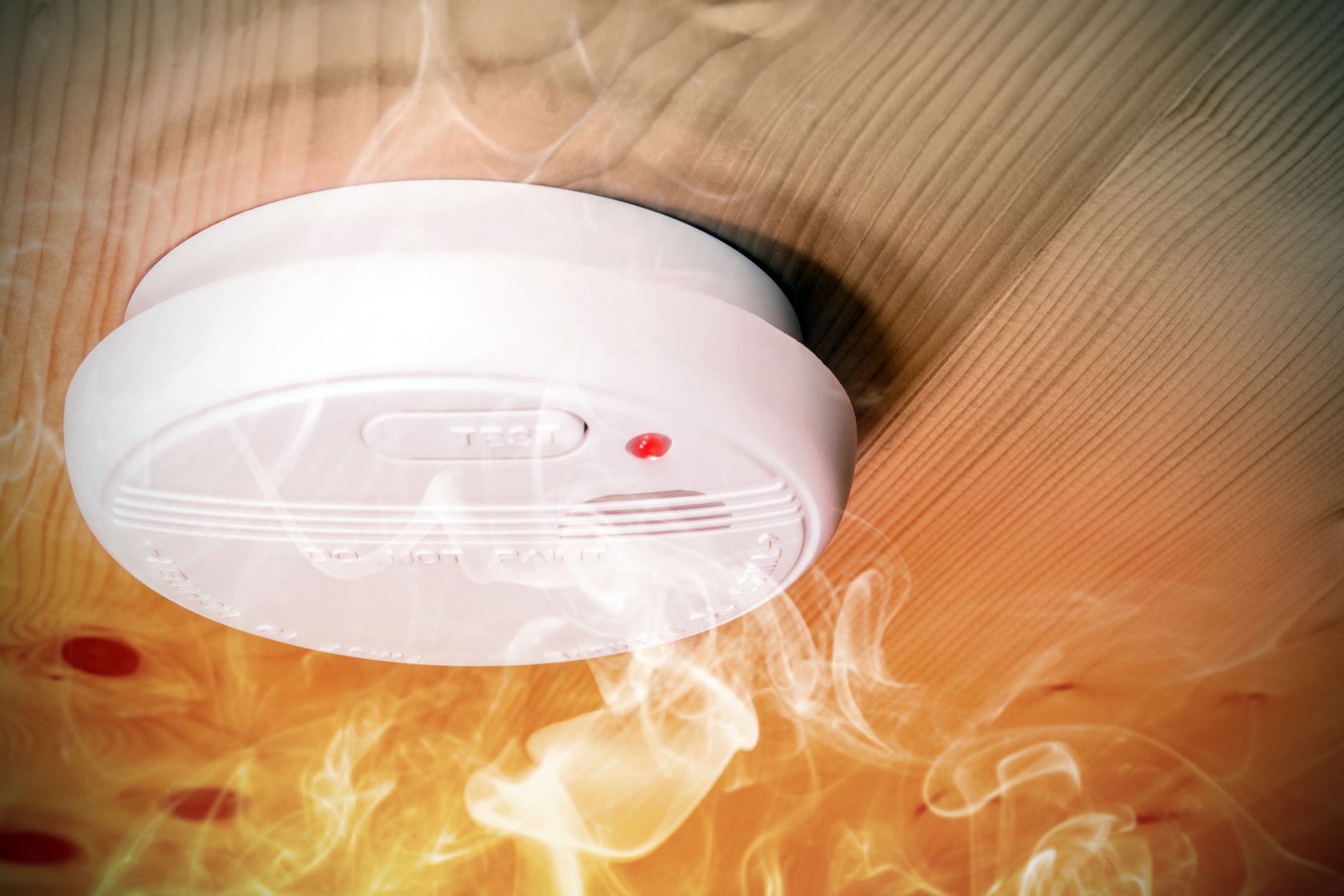
A smoke detector is a device that detects smoke as a warning sign of a fire. As part of a fire alarm system, commercial smoke detectors send a signal to a fire alarm control panel. Smoke detectors, often known as smoke alarms, emit an audible or visual signal from the detector itself, or several detectors if multiple devices are interconnected. Smoke detectors are generally connected to a central fire alarm system in large commercial and industrial buildings. Individual battery-powered smoke detectors to multiple interconnected units with battery backup are available for domestic use. If one of the interconnected units senses smoke, all of the alarms will sound. Even if there is no power in the house, this can happen.
Battery of the Smoke Alarm
Here’s what you should do if your smoke alarm is making that obnoxious beeping sound.
- The cover can be lifted, rotated, or removed. (In certain circumstances, a base is used to trigger the entire alert.)
- Replacing the battery with a new one is recommended. The majority of machines run on 9 volt batteries.
- Snap the detector back into place after closing it.
- To make sure it works, press the test button. A beep or chirp should be heard.
Also, pay attention to the device’s manufacturer’s date of production. Smoke detectors, like carbon monoxide alarms, lose their efficiency after ten years and must be replaced. You won’t have to replace the batteries for up to a decade if you upgrade to the latest lithium battery smoke detectors. It is highly suggested that you utilize interconnected smoke alarms to keep your home as safe as possible. This means that when one alarm sounds, all alarms sound. Smoke detectors should be installed in every bedroom, outside every sleeping area, and on every floor of the house, at the least.

Testing and Tagging
It’s difficult to keep track of your obligations across all aspects of your job. We can conduct a workplace audit and guarantee that all of your equipment is tested and tagged in compliance with workplace health and safety regulations.
Our testing and tagging services are available for you. Our testing and tagging has the following features:
- To demonstrate your OH&S compliance, all testing and tagging activity is documented.
- All equipment is tested and tagged, and this is documented for your records.
- We inspect your equipment as part of the testing and tagging procedure. We can predict potential issues before they arise.
- Checks for compliance
- Visual examinations
- Resistance to insulation
- Testing for Earth continuity and leaks
Annual testing and labeling is the most effective strategy for Gold Coast businesses to avoid electrical problems. Damaged pins, frayed cords, and bent and overloaded cabling are all common electrical issues discovered during testing and tagging.
